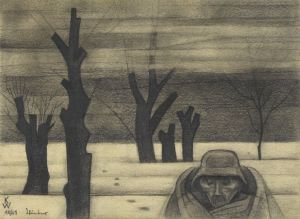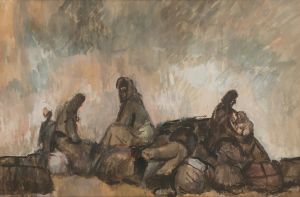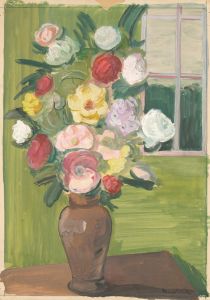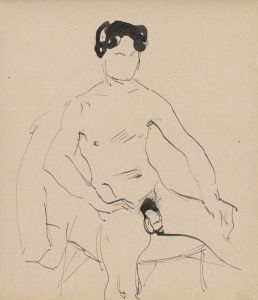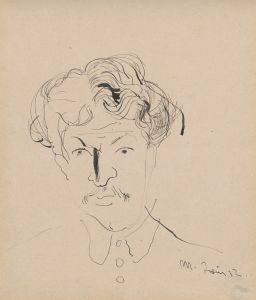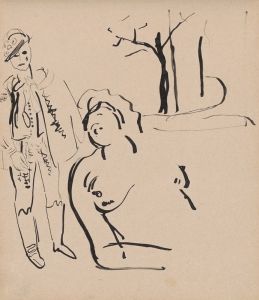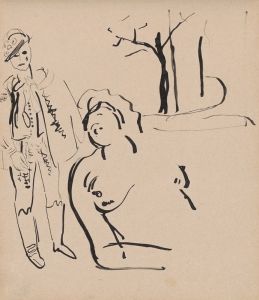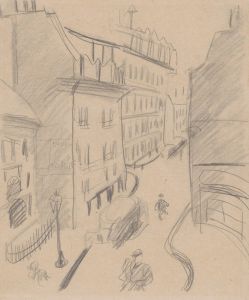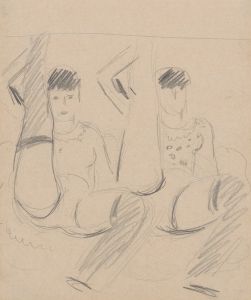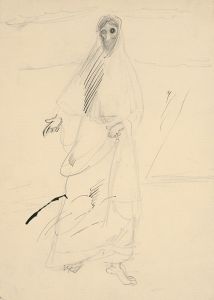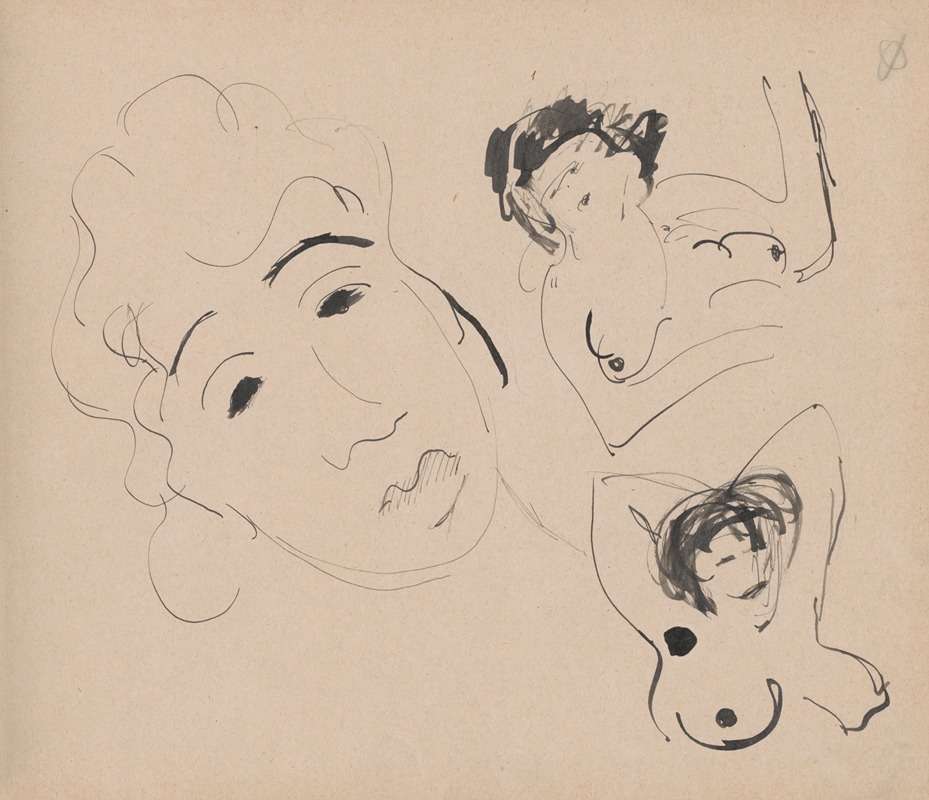
Skicár
A hand-painted replica of Cyprián Majerník’s masterpiece Skicár, meticulously crafted by professional artists to capture the true essence of the original. Each piece is created with museum-quality canvas and rare mineral pigments, carefully painted by experienced artists with delicate brushstrokes and rich, layered colors to perfectly recreate the texture of the original artwork. Unlike machine-printed reproductions, this hand-painted version brings the painting to life, infused with the artist’s emotions and skill in every stroke. Whether for personal collection or home decoration, it instantly elevates the artistic atmosphere of any space.
Cyprián Majerník (1909-1945) was a Slovak painter known for his poignant and expressive works, often reflecting the turbulent times in which he lived. One of his notable paintings is "Skicár," which translates to "Sketchbook" in English. This piece is a testament to Majerník's skill in capturing the human condition and the socio-political atmosphere of his era.
Majerník was born in Veľké Kostoľany, Slovakia, and studied at the Academy of Fine Arts in Prague. His artistic career was significantly influenced by the political upheavals of the 1930s and 1940s, including the rise of fascism and the Second World War. These events deeply affected his work, imbuing it with a sense of melancholy and existential reflection.
"Skicár" is a compelling example of Majerník's mature style, characterized by its expressive use of color and form. The painting features a series of sketches that seem to capture fleeting moments and emotions. The loose, almost hurried brushstrokes suggest a sense of urgency and impermanence, perhaps reflecting the artist's own feelings during a time of great uncertainty.
Majerník's work often explored themes of human suffering, displacement, and the search for identity. In "Skicár," these themes are subtly woven into the fabric of the sketches, each one telling a fragment of a larger, more complex story. The figures in the sketches are often depicted in moments of introspection or quiet despair, their faces and postures conveying a deep sense of vulnerability.
The color palette of "Skicár" is muted, dominated by earthy tones and shades of gray, which further enhances the somber mood of the piece. This choice of colors is typical of Majerník's work during this period, as he sought to convey the bleakness and uncertainty of the world around him. Despite the overall tone of melancholy, there is also a sense of resilience and hope in the way the figures are portrayed, suggesting that even in the darkest times, there is a spark of humanity that endures.
Majerník's technique in "Skicár" demonstrates his mastery of both drawing and painting. The sketches are detailed and precise, yet they retain a fluidity and spontaneity that brings them to life. This combination of technical skill and emotional depth is what makes Majerník's work so compelling and enduring.
Tragically, Cyprián Majerník's life was cut short when he died in 1945 at the age of 36. Despite his relatively brief career, he left behind a significant body of work that continues to be celebrated for its emotional intensity and artistic innovation. "Skicár" remains an important piece in Majerník's oeuvre, offering a window into the soul of an artist who was deeply affected by the world around him.
Today, Majerník's works, including "Skicár," are held in various collections and museums, where they continue to be studied and admired for their powerful expression and historical significance. His legacy as one of Slovakia's most important painters endures, and his works remain a poignant reminder of the human capacity for resilience and creativity in the face of adversity.





